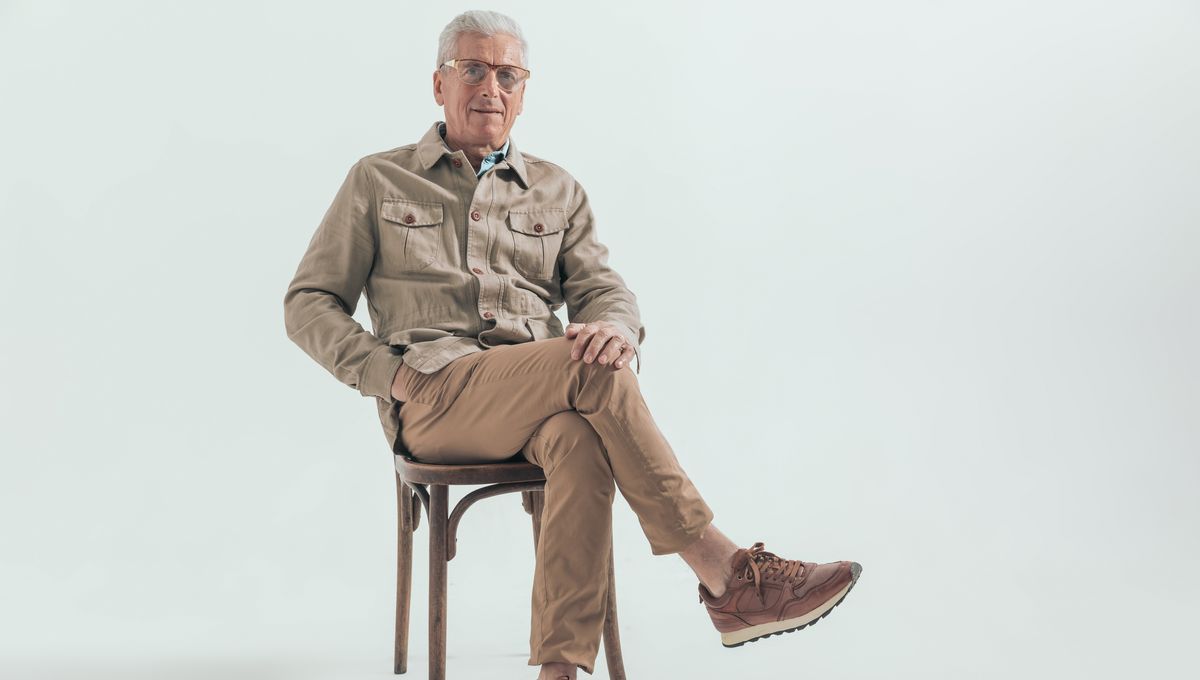
Being able to be mobile is a crucial aspect of personal independence. This is why it is important to make sure that the world is accessible to all. For many of us, it’s but a matter of time before our mobility is affected, because time catches up with everyone. There’s an easy way to see how our lower legs are doing as we are getting older: meet the sit-to-stand test.
One simple version of this test takes just 30 seconds. You will need a chair with a straight back and no armrests and a stopwatch. For the duration of the countdown, you’ll simply have to stand up from the chair and then sit back down. The goal is to see how many you can do in those 30 seconds.
There are variations of this exercise; some measure time over a standard set of repetitions, other focus on a wider range of movements, for example starting from sitting on the floor and standing up. This has been seen as an easy way to understand how lower limb mobility is doing, since it involves the activation of a lot of crucial muscles.
“‘Sit-to-stand’ is a widely recognised assessment for strength and stability of the lower body,” Dean Garland (M.Ost.), an osteopath based in London, told IFLScience, “utilised by many cross-disciplinary practitioners such as physiotherapists and occupational therapists. It can be used as a measurement of patient progress and agency (where movements are scored out of 10) and also adapted to become part of progressive rehabilitation exercises and programmes. Sit-to-stand was first developed and used within clinical movement practices in the 90s and continues to be a common element of many practitioners’ tool-kits.”
Scientific investigation into the sit-to-stand test has shown that it does indeed reflect lower limb strength, but other factors need to be included when evaluating the results. For the Centers for Disease Control and Prevention, the average score expected for a person aged between 60 and 64 is 14 for a man and 12 for a woman. The score is supposed to drop as we get older, with the average number of sit-to-stand moves being eight for people in the 85-89 bracket.
Even if you are younger, you can try and test how many times you can do it. If you want to get better, you can work on specific leg and knee strengthening exercises or simply increase the amount of walking you do.
Recent research based on a meta-analysis of 17 studies showed just how good walking is for you. The combined work included data on 226,889 people and showed that walking just shy of 4,000 steps a day was enough to reduce the risk of dying from any cause. If that is too much, just over half (2,337) was enough to reduce risk of cardiovascular diseases.
And it seems that the more you walk the more health benefits it seems to have. Researchers have not found an upper limit. There might be no such thing as too much walking. What was that old joke? My grandma started walking 10,000 steps a day in her 80s – she’s 100 now and we don’t know where she is!
Source Link: Check How You Are Aging With This Simple Test You Can Do At Home